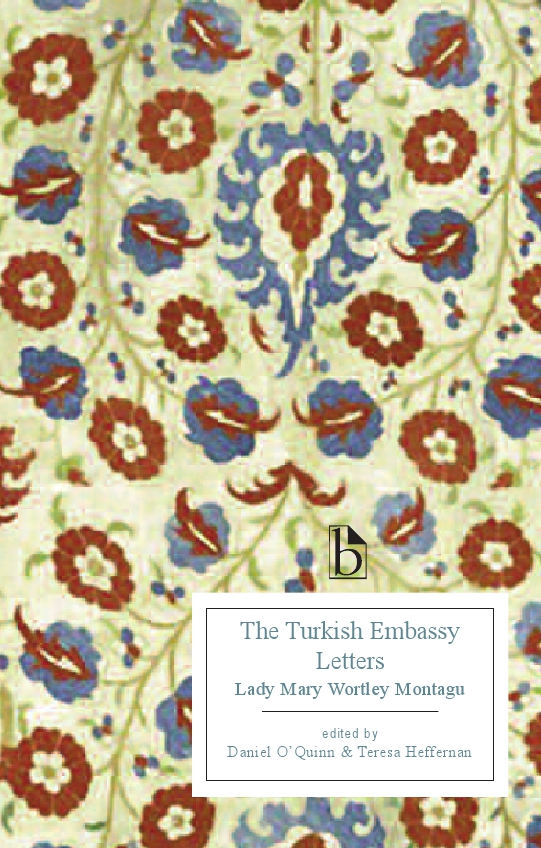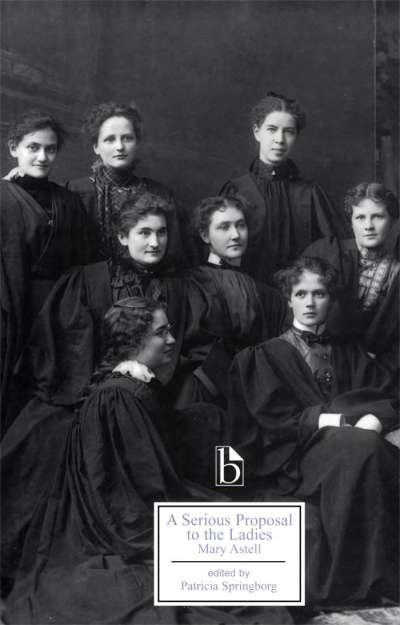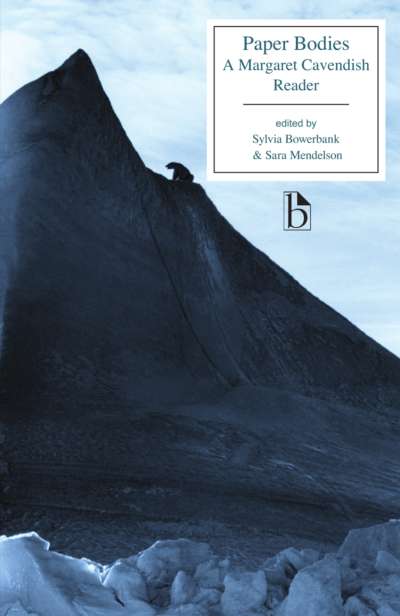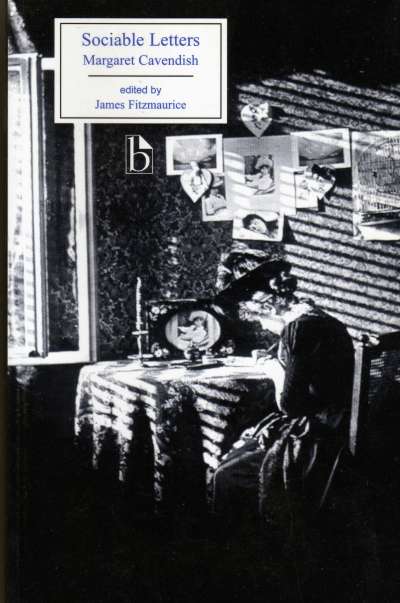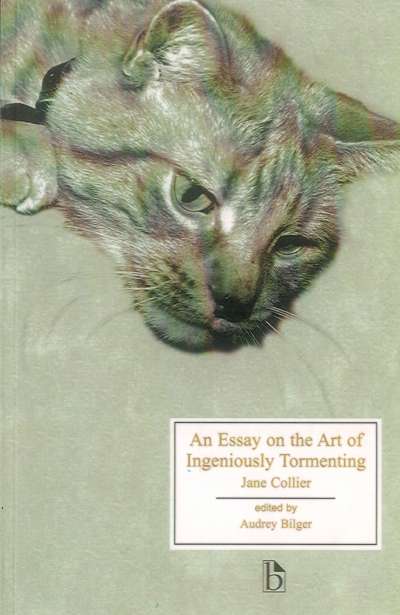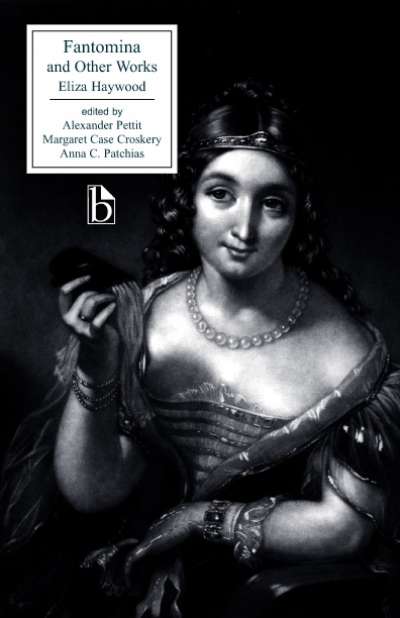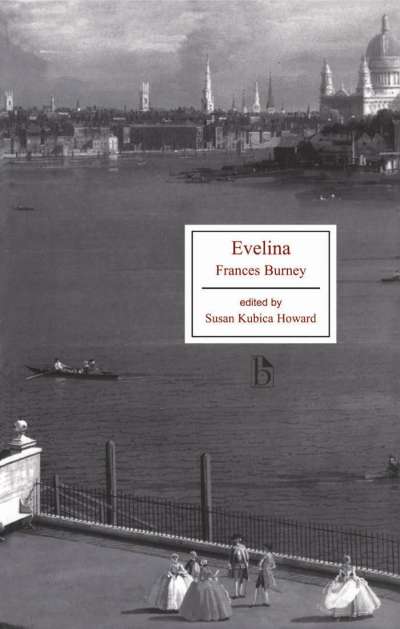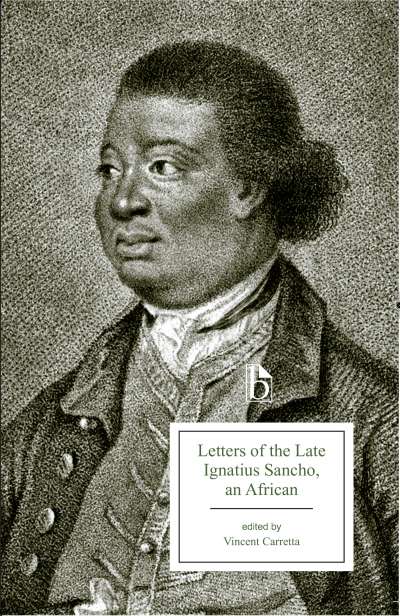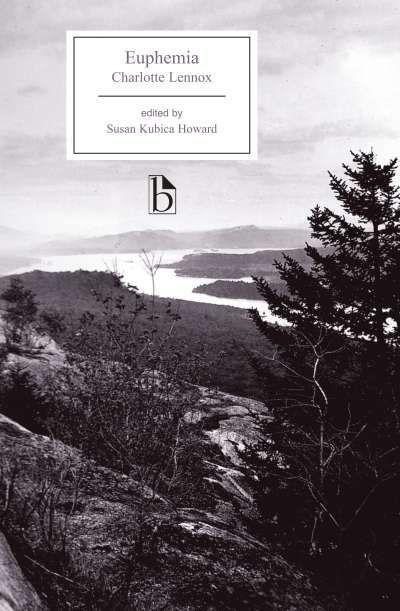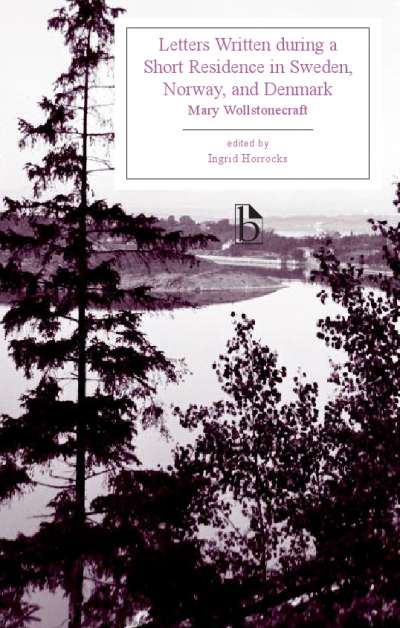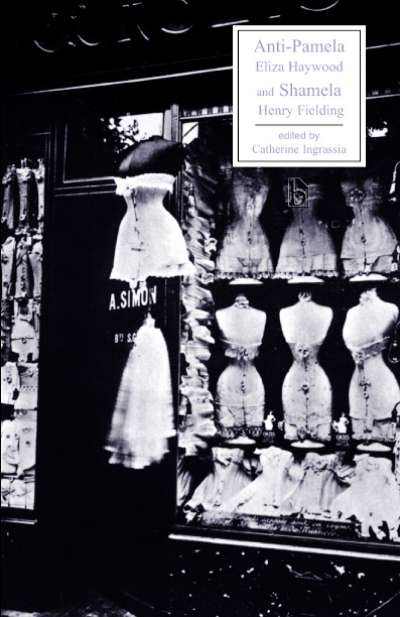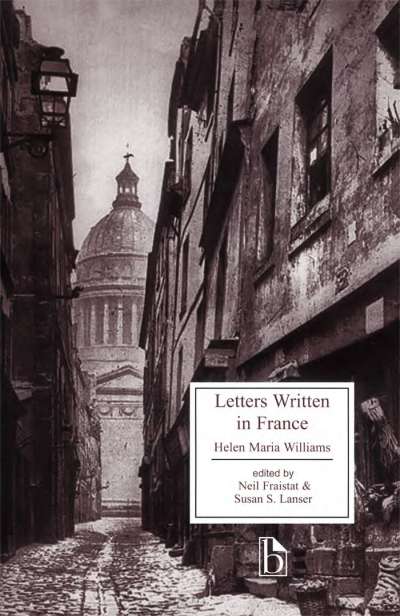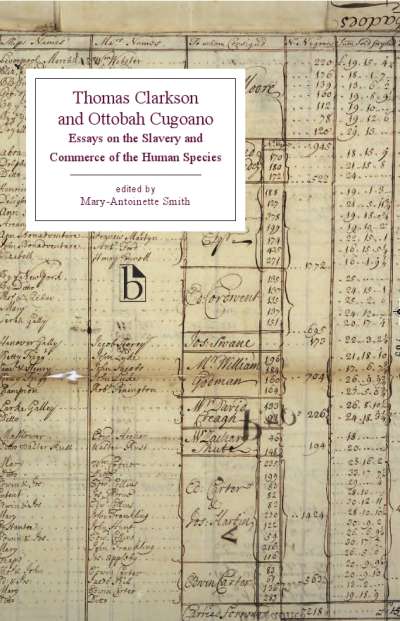
In 1716, Lady Mary Wortley Montagu’s husband Edward Montagu was appointed British ambassador to the Sublime Porte of the Ottoman Empire. Montagu accompanied her husband to Turkey and wrote an extraordinary series of letters that recorded her experiences as a traveller and her impressions of Ottoman culture and society.
This Broadview edition includes a broad selection of related historical documents on Turkey, women in the Arab world, Islam, and “Oriental” tales written in Europe.
Comments
“What a treat to see this indispensable and versatile text again available, lovingly edited by Teresa Heffernan and Daniel O’Quinn. They have followed the first edition, 1763 (illicitly published after a secret all-night copying session), while correcting their text from Montagu’s own manuscript. Her idiosyncratic, open-minded, proto-feminist responses to Islamic civilization are more fascinating today than ever, and the context that the editors supply for them is simply the best yet.” — Isobel Grundy, University of Alberta
“Montagu’s famous Letter-book has at last received the attention it has long deserved as an important piece of eighteenth-century travel literature. The lively introduction constructs the historical and literary context of the work, while an impressive set of appendices illustrates not just her world, but also that of her interlocutors and her contemporaries.” — Virginia H. Aksan, McMaster University
“In their superb Introduction to Lady Mary Wortley Montagu’s The Turkish Embassy Letters, Teresa Heffernan and Daniel O’Quinn write that “much like her letters, it is only more recently that her strategic and intelligent engagement with Ottoman culture is being mined.” Their edition is a timely and compelling reminder of the reasons why we should pay attention to the writing of this remarkable woman. They have produced what will no doubt be the definitive teaching edition for years to come.” — Suvir Kaul, University of Pennsylvania
“Teresa Heffernan and Daniel O’Quinn’s remarkable edition of The Turkish Embassy Letters illuminates the intercultural dimensions of Lady Mary Wortley Montagu’s account of her travels through the Ottoman Empire. Heffernan and O’Quinn’s critical introduction offers a nuanced account of the text’s production and circulation and of the various discourses—about the East, about women, about Islam—that shaped its reception. Judiciously annotated, the volume offers an impressive range of well-selected contextual materials, embracing contemporary reviews, polemics from the small-pox engrafting controversy, selections from travel writings on the Ottoman empire, British accounts of Islam, contemporary portraits of Eastern women and the harem, and Oriental tales. This is sure to become the go-to edition for scholars and teachers interested in women’s writing, the history of cross-cultural contact, and the shifting thresholds dividing—and conjoining—Occident and Orient in the eighteenth century.” — Lynn Festa, Rutgers University
“I have always wanted a solidly researched and well annotated paperback edition of the letters, with notes at the bottom of the page (rather than those cumbersome endnotes), a good introduction, and a wide-ranging bibliography. Not only does this edition have these, it offers an excellent apparatus that includes a chronology of events related to the life of Montagu, and more than one hundred pages of addition information, ranging from selections of other letters by her, to a discussion of her role in the history of smallpox inoculation, and brief excerpts illustrating European views of Islam … I will use it in my courses.” — Nabil Matar, The Scriblerian
Acknowledgements
Introduction
Lady Mary Wortley Montagu: A Brief Chronology of Her Life and Times
A Note on the Text
The Turkish Embassy Letters
Appendix A: Front Matter for the 1763 Edition
Appendix B: Further Correspondence and Verse Relating to Turkey
- Lady Mary Wortley Montagu to Mrs. Frances Hewet (1717)
- Lady Mary Wortley Montagu to Edward Wortley Montagu (1718)
- Lady Mary Wortley Montagu, The Genuine Copy of a Letter Written from Constantinople by an English Lady, Who Was
Lately in Turkey (1719)
- Lady Mary Wortley Montagu, “Verses, Written January 1718 in the Chiosk of the British Palace at Pera Overlooking the City of Constantinople, Dec. 26, 1718”
- Alexander Pope’s Correspondence with Lady Mary Wortley Montagu (1716-17)
- Letters from Edward Wortley Montagu to Joseph Addison (1717)
Appendix C: Reception
- The Annual Register (1763)
- Monthly Review (May 1763)
- From Baron de Tott, “Preliminary Discourse,” Memoirs of Baron de Tott (1786)
- From Lady Elizabeth Craven, Memoirs of the Margravine of Anspach (1826)
- From Fatma Aliye, “Madam Montagu,” Hanımlara Mahsus Gazete (1895)
- From Ahmet Refik, “Introduction” from Sark Mektuplari [Letters from the East] (1933)
Appendix D: The Smallpox Inoculation Controversy
- Lady Mary Wortley Montagu, “Saturday. The Small Pox. Flavia,” from
Six Town Eclogues. With Some Other Poems (1747)
- [Lady Mary Wortley Montagu], “A Plain Account of the Inoculating of the Small Pox by a Turkey Merchant,” Flying Post (13 September 1722)
- Anonymous, A New Essay on the Small-Pox with a View to Preserve This Nation from the Infection of That Distemper (1725)
- From Voltaire, Letters Concerning the English Nation (1733)
- Horace Walpole to Lady Elizabeth Craven (2 January 1787)
- Celebrating Lady Mary’s Struggle to Introduce Smallpox Vaccination to England, This Monument in Lichfield Cathedral, Staffordshire, Was Erected in 1789
Appendix E: Turkish Women and the Harem
- From Richard Knolles, The Generalle Historie of the Turkes (1603)
- From George Sandys, A Relation of a Journey Begun An: Dom: 1610 (1615)
- From Robert Withers (Ottaviano Bon), A Description of the Grand Signor’s Seraglio or Turkish Emperour’s Court (1650)
- From Sir Paul Rycaut, The Present State of the Ottoman Empire (1668)
- From Aaron Hill, A Full and Just Account of the Present State of the Ottoman Empire in All Its Branches (1709)
Appendix F: Eastern Tales and Orientalist Fictions
- From Miguel de Cervantes, The History and Adventures of the Renowned Don Quixote (1755)
- From Antoine Galland, Arabian Nights Entertainments: Consisting of One Thousand and One Stories, Told by The
Sultaness of the Indies (1713)
- From Joseph Addison, “The Vision of Mirzah,” The Spectator (1 September 1711)
- From Penelope Aubin, The Strange Adventures of the Count de Vinevil and His Family (1721)
- From Daniel Defoe, The Fortunate Mistress (1724)
- From Charlotte Brontë, Jane Eyre (1848))
Appendix G: Descriptions of Ottoman Governance and Society
- Letter from Safiye Sultana, Consort of Murad III and Mother of Mehmed III, to Queen Elizabeth (1594)
- From Evliya Çelebi, Narrative of Travels in Europe, Asia, and Africa in the Seventeenth Century (1834)
- From Sir Paul Rycaut, The Present State of the Ottoman Empire (1668)
- From Charles-Louis de Secondat, Baron de Montesquieu, The Spirit of the Laws (1750)
- From Sir James Porter, Observations on the Religion, Law, Government, and Manners of the Turks (1771)
- From Baron François de Tott, “Preliminary Discourse,” Memoirs of Baron de Tott (1786)
Appendix H: Accounts of Islam
- From Evliya Çelebi, Narrative of Travels in Europe, Asia, and Africa in the Seventeenth Century (1834)
- From Sir Paul Rycaut, The Present State of the Ottoman Empire (1668)
- From George Sale, “Preliminary Discourse” to The Koran, Commonly Called The Alcoran of Mohammed (1734)
- From David Hume, “The Natural History of Religion” in Four Dissertations (1757)
- From Sir James Porter, Observations on the Religion, Law, Government, and Manners of the Turks (1771)
- From Edward Gibbon, The History of the Decline and Fall of the Roman Empire (1791)
Appendix I: Illustrations
- Jean-Baptiste Vanmour, Lady Mary Wortley Montagu with Her Son, Edward Wortley Montagu, and Attendants (c. 1717)
- Jonathan Richardson (attr. to), Lady Mary Wortley Montagu in Turkish Dress with Page (c. 1725)
- Jean-Auguste-Dominique Ingres, Le Bain turc (1862)
- Rayhana, Daughter of Ka’b ibn Malik, Neglected by Her Husband, from the Life of the Prophet (Siyar-i nabi, Turkish and Arabic text) (1594-95)
Works Cited and Recommended Reading
Teresa Heffernan is Associate Professor of English at St. Mary’s University, Halifax, Nova Scotia.
Daniel O’Quinn is Professor of English and Theatre Studies at the University of Guelph.


